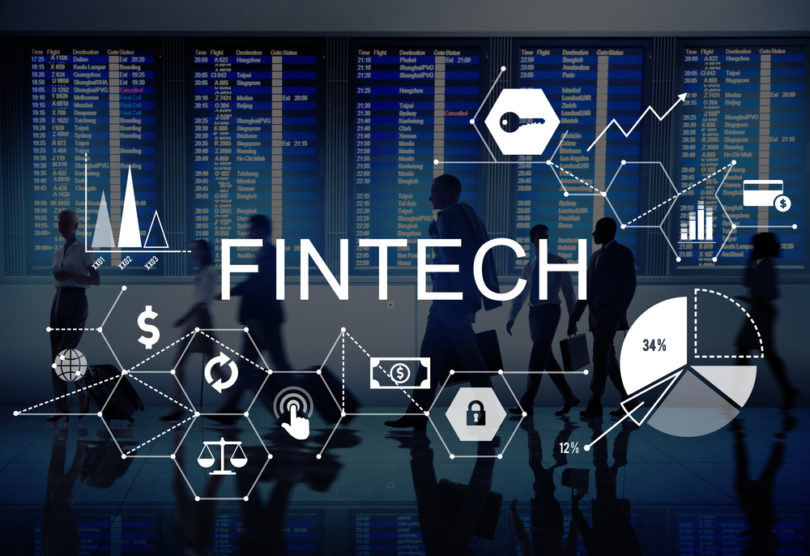Frederick Achom explains the complexities of Fintech
Fintech is a topic you hear a lot about in the media right now. It’s long been a key interest area for me as an investor and supporter of start-ups and disruptors. But it’s more than just a buzzword.
Think of Fintech as an umbrella term for a variety of working based on developing new, innovative technology to improve the financial services sector. There is no definitive definition, and it’s changing all the time. In this blog, I’ll talk about what I believe encompasses Fintech, and breakdown some of its sub categories.
What makes a business ‘Fintech’?
First things first. The word Fintech derives from two words: financial technology. Most people understand it as a descriptor for agile start-ups that focus on delivering financial services using technology. And many Fintech companies do come under this description.
Broadly speaking, Fintech companies are smaller businesses that are flexible, agile and quick to disrupt a traditional sector. But it’s worth remembering that many well-established financial institutions, including the major banks, are also working in this sector too. Most are using Fintech in the background and working with consultants and Fintech start-ups behind the scenes to come up with new ways to streamline and improve the financial services sector.
What does a Fintech business provide?
A confusing aspect of Fintech for those new to the sector is whether it should be used to describe the companies providing technology, or the companies providing the end service to the consumer.
I think it’s both. Some businesses use digital platforms which have been developed by Fintech companies to deliver financial services. Other use different aspects of financial technology to deliver services directly to the consumer in a more traditional manner.
So, while a company providing technology may be using a service model, they’re still ultimately delivering financial services. The Fintech sector is constantly evolving, and in many ways is in its infancy. With the advent and use of automation and artificial intelligence (AI), we can expect to see the sector continuing to create new business models, new technology and new products, apps and processes.
Fintech subcategories
Fintech encompasses a broad range of services and platforms. Here’s how some of its subcategories fit in.
-
Online payments
One of the most obvious and commonly used manifestations of Fintech is online P2P (peer-to-peer) payment platforms. Many of us are well used to using the likes of PayPal, Apple Pay and many others to complete day-to-day transactions. We pay with QR codes and our smartphones, as well as specific platforms and banking services.
The ability to make fast, secure, online payments without even using a bank or traditional financial institution is one of the revolutions created by Fintech. This also means businesses can quickly scale their operations without having to wait on financial institutions to go through their often-slow processes.
-
Banking services
Technically, there are very few pure banking services that come solely under the banner of Fintech. This is because in most countries, banking services are highly regulated and controlled. However, there are many Fintech companies working in different parts of the banking delivery chain.
For example, a Fintech start-up could offer a service that focuses on opening and account quickly and easily and moving money between accounts. Along the way, they will also be working with a licensed financial institution or bank, although it may not be immediately apparent.
There are some hybrid companies that offer both tech and banking services, including solarisBank, which is based in Germany. They are both tech companies that also own and operate a banking facility. They’re not common, and most Fintech companies are facilitating a portion of the chain, rather than offering an entire banking service.
-
Money lending services
Another category within Fintech that is already commonly used by consumers. Both individual people and companies can use technology platforms to access funding of all kinds. This could be a simple loan, right up to business finances and mortgages.
-
Personal finance and investment assistance
There are many tools available, and plenty in development, to help people manage their personal finances and make investment decisions. Examples include comparison websites for credit cards and loans, to automated investment apps.
Fintech companies are present within every part of the financial services sector. You’ll find them in the cryptocurrency and blockchain space, as well as crowdfunding and much more. It covers a wide range of services, products, apps, many of which are in the background of the services delivered to the consumer.




